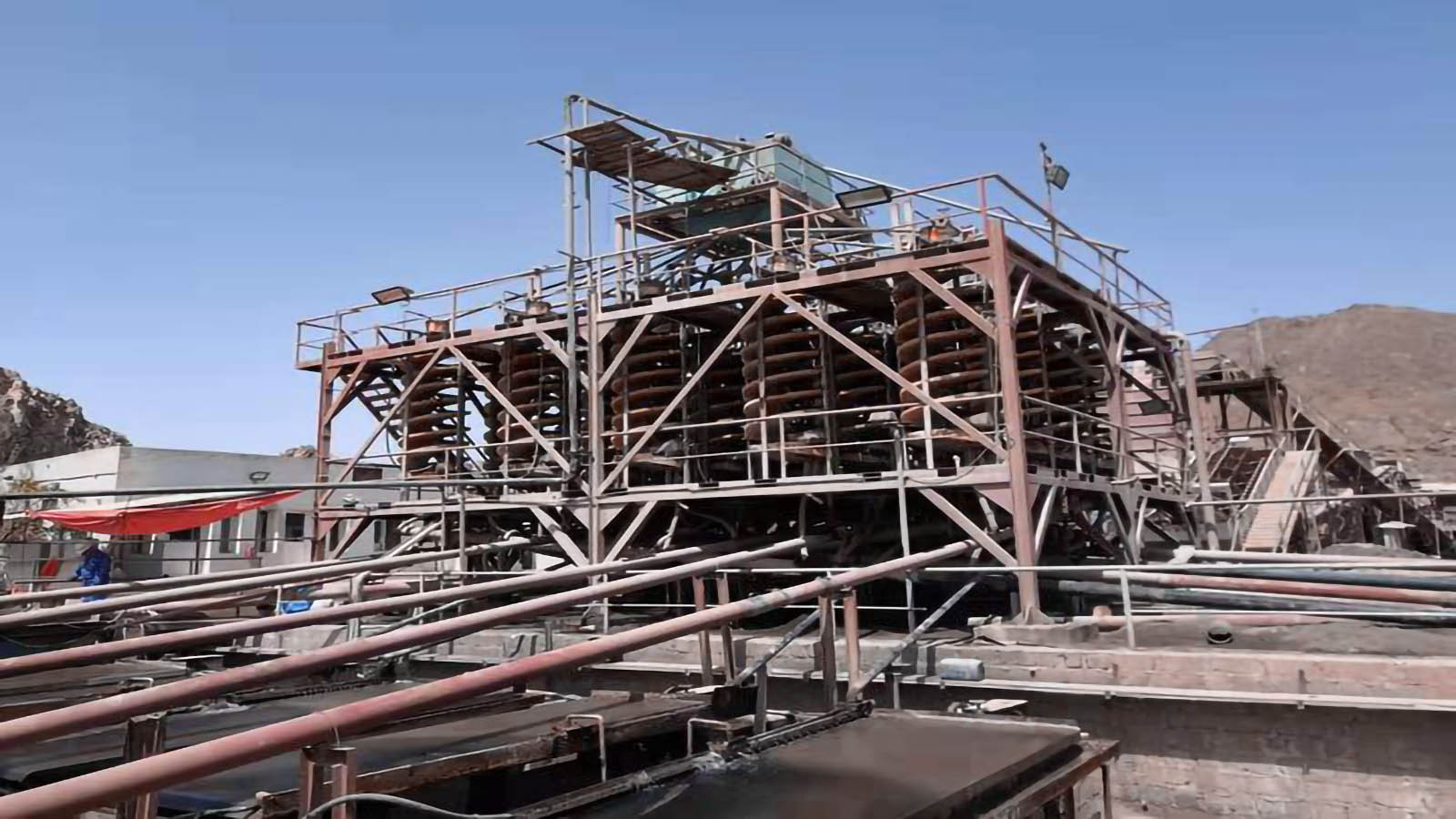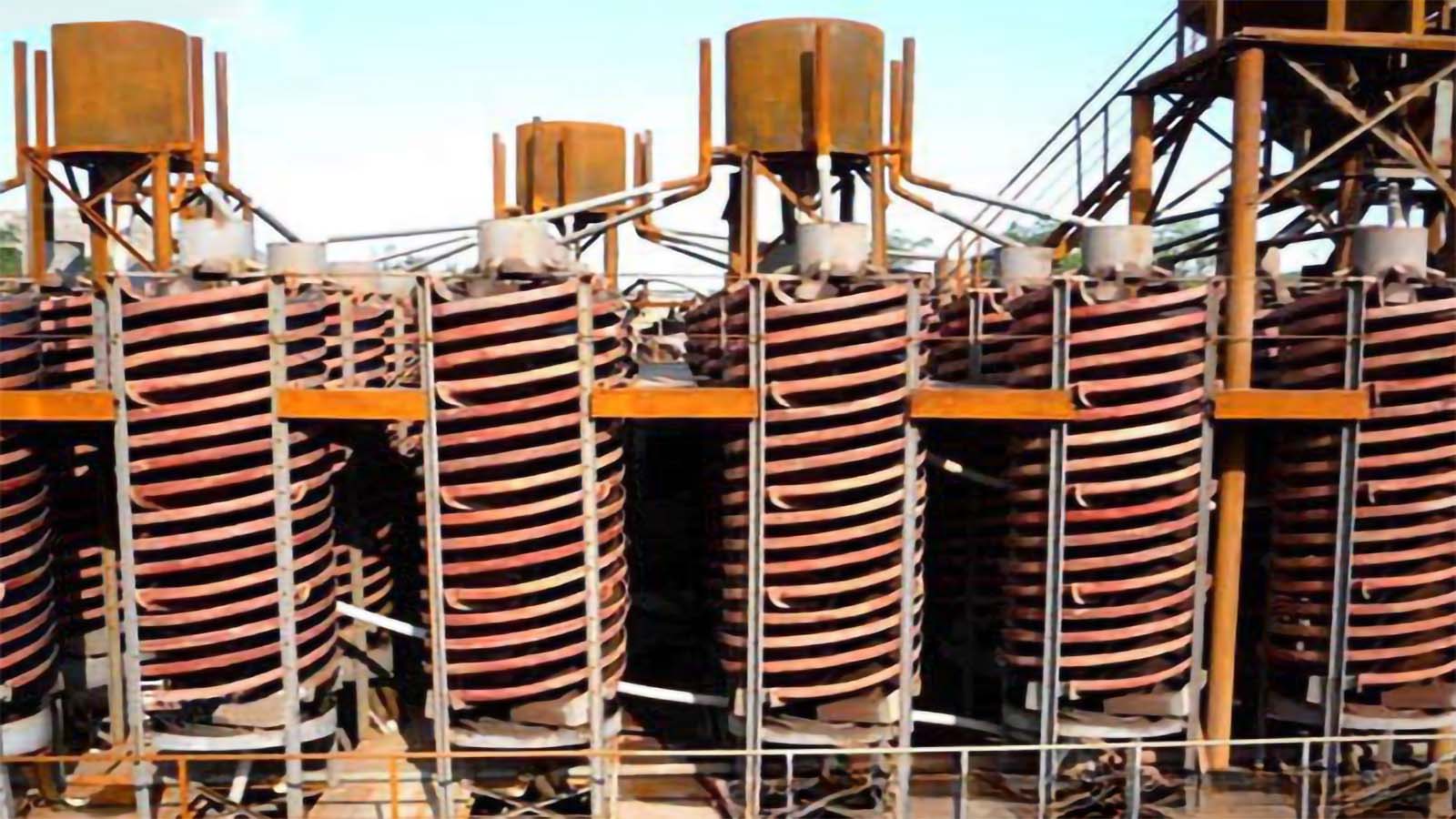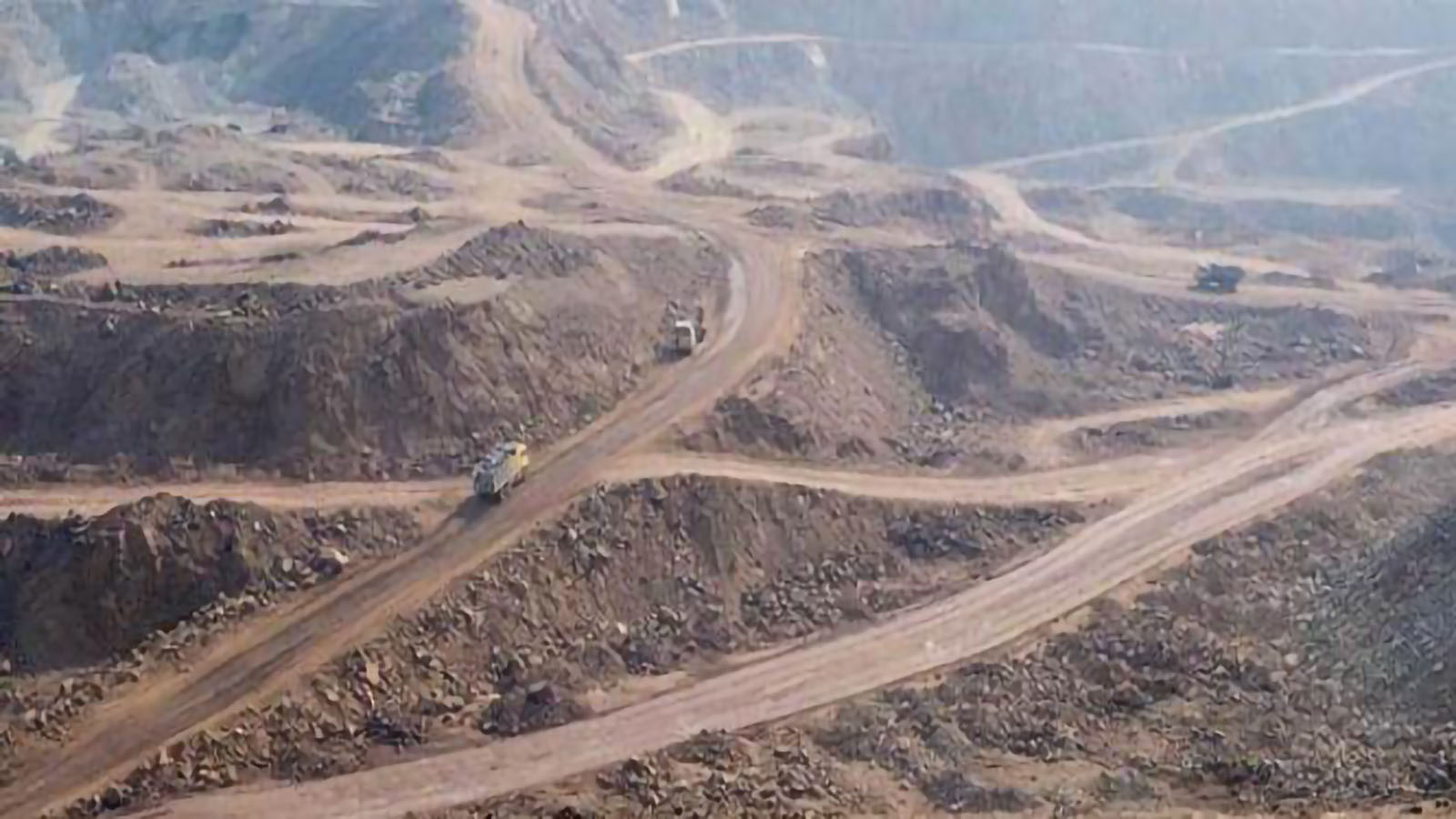
Tantalum-niobium minerals, as strategic resources essential to modern high-tech industries, require sophisticated processing techniques to transform low-grade ores into valuable concentrates. This article examines the central role of gravity separation in tantalum-niobium processing and its synergistic application with other beneficiation methods.
Physical Characteristics and Processing Challenges
Tantalite and columbite typically occur together in the same deposits, accompanied by valuable minerals such as cassiterite, wolframite, spodumene, and beryl. These ores present distinctive challenges characterized by low grade, poor liberation, fine particle size, and high brittleness.
Industry experience indicates that tantalum-niobium ores typically contain only 0.01%-0.05% valuable minerals, with particle sizes ranging from several millimeters to micron levels. Their brittle nature makes them prone to over-grinding during comminution processes, complicating subsequent separation. With specific gravity values between 5.2-7.5, significantly higher than most gangue minerals, gravity separation emerges as the most fundamental and economical processing technique.
Major Processing Routes for Tantalum-Niobium Ores
Based on the properties of tantalum-niobium minerals, several principal processing routes have been established in industrial practice:
1. Pure Gravity Separation Process
The most traditional and economical approach is the pure gravity separation process. This method begins with preliminary screening to remove coarse impurities, followed by targeted processing for different size fractions: jigs for coarse particles (+1mm); spiral concentrators or shaking tables for medium-sized particles (0.1-1mm); and precision shaking tables or centrifugal separators for fine particles (-0.1mm). Modern processing plants employ stage grinding and separation, recovering liberated minerals early to prevent over-grinding and associated recovery losses.
Pure gravity separation offers advantages of low investment costs, operational simplicity, and environmental friendliness, making it particularly suitable for startups and small to medium-sized operations. However, this approach suffers from low recovery rates for ultra-fine particles, resulting in significant tantalum-niobium losses in slimes.
2. Gravity-Flotation Combined Process
To effectively recover fine tantalum-niobium particles, the gravity-flotation combined process has gained widespread application. In this approach, coarse and medium-sized materials are still processed using conventional gravity equipment, while particles finer than 0.074mm are recovered through flotation. Pre-flotation desliming is typically required, followed by flotation using specialized collectors (such as alkyl sulfonated succinamides or styrene phosphonic acid) under specific pH conditions.
Flotation concentrates can be further purified using precision gravity equipment like cross-belt concentrators or precision shaking tables. While this combined approach significantly improves recovery of fine tantalum-niobium particles, it faces challenges including high reagent consumption and increased wastewater treatment complexity.
3. Gravity-Magnetic Separation Combined Process
For ores containing weakly magnetic tantalum-niobium minerals, the gravity-magnetic separation combined process offers unique advantages. Coarse particles are still processed using gravity methods, while fine particles and slimes are first treated with high-gradient magnetic separators to concentrate weakly magnetic tantalum-niobium minerals before gravity purification.
This process flow demonstrates excellent performance for fine-grained tantalite and columbite with relatively lower operational and maintenance costs. However, its applicability is limited by mineral magnetic properties, making it unsuitable for weakly magnetic or non-magnetic tantalum-niobium minerals.
Technological Innovations and Development Trends
Modern tantalum-niobium ore processing technology exhibits several distinct development trends:
1. Application of High-Efficiency Gravity Equipment
Traditional gravity separation equipment continues to evolve, with numerous high-efficiency, precision devices emerging. Examples include multi-gravity separators and centrifugal-vibration composite separators, which significantly improve separation efficiency for fine particles and reduce dependence on flotation processes.
2. Development of Advanced Flotation Reagents
Addressing the poor selectivity in tantalum-niobium flotation, breakthrough developments have occurred in novel chelating collectors, such as modified hydroxamic acids. These reagents demonstrate enhanced selectivity and collecting capacity for tantalum-niobium minerals, enabling effective separation even in complex mineral compositions.
3. Intelligent Control Systems
Intelligent sorting systems based on machine vision and deep learning algorithms are gradually being applied in tantalum-niobium processing plants, enabling precise identification and separation of mineral particles. These systems make real-time sorting decisions based on apparent mineral characteristics, substantially improving separation accuracy.
4. Tailings Reprocessing Technology
As tantalum-niobium resources become increasingly scarce, reprocessing historical tailings has emerged as a new growth area. Employing new processes and equipment to recover values from low-grade tailings not only improves resource utilization but also reduces environmental pressure.
Conclusion and Future Outlook
Gravity separation will continue to play a fundamental role in tantalum-niobium ore processing. However, single separation methods are inadequate for addressing increasingly complex resource characteristics, making scientific combinations of multiple separation techniques an inevitable trend. With ongoing developments in mineral processing theory and the continuous emergence of new equipment and reagents, tantalum-niobium processing technology will evolve toward greater efficiency, environmental sustainability, and intelligence, providing robust technical support for the sustainable utilization of tantalum-niobium resources.
Related News

Advanced Gravity Separation Technologies for Rare Earth Minerals: Zexin Mining's Expert Analysis

Global Manganese Deposit Classification: Genesis, Distribution and Economic Significance
